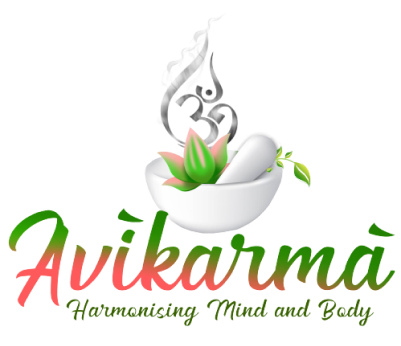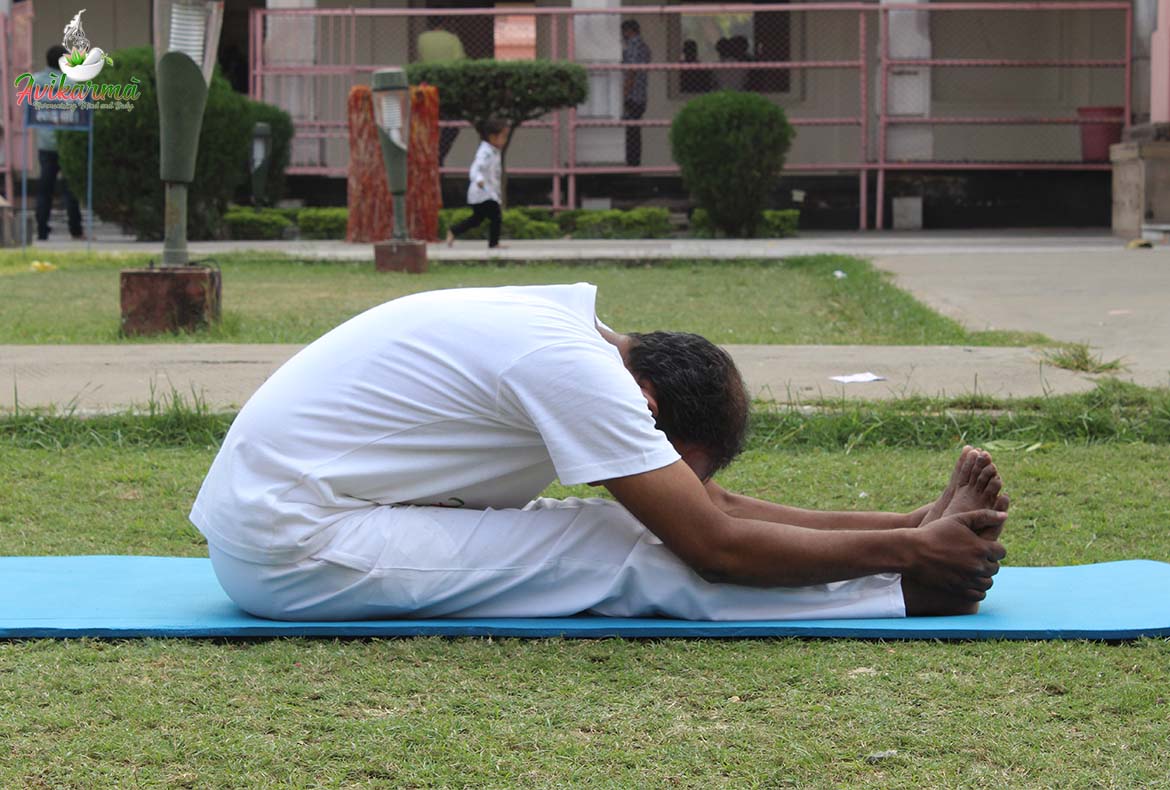About Paschimottanasana
Paschimottasana is a classic yoga pose mentioned in Hatha Yoga Pradeepika, written by the Indian Yogi, Swatmarama about five hundred years ago. The word ‘Paschimottasana’ is composed of three Sanskrit words – ‘Paschima’, which means west or the back of the body, ‘Uttana’ meaning an intense stretch, and ‘Asana’, which means pose. In English, it is also called the ‘Seated Forward Bend’, or ‘Intense Dorsal Stretch’.
Paschimottanasana completely stretches the back muscles and helps the practitioner to get a very flexible body. As the back muscles are a bit stiff in most adults, yoga enthusiasts need to practice and learn to do the pose over a while.
Sharpens memory. Soothes the sympathetic nervous system. Prevents fatigue. Rests the heart, and normalizes blood pressure and the pulse rate. Relieves chronic headaches, migraines, and eye strain. Reduces stress in the facial muscles. Alleviates stress-related compression or a feeling of tightness in the throat and diaphragm. Improves blood circulation in the pelvic area, toning the pelvic organs. Regulates blood supply to the endocrine glands, activating the adrenal glands, and relaxing the thyroid gland. Cools the temperature of the skin. Strengthens the vertebral joints and stretches the ligaments of the spine.
While performing the Paschimottanasana, make sure that your knees are aligned and not turned outwards. Or else, it would reduce the stretch of your hamstrings and the stress will instead fall closer to the joints.
Throughout the procedure, the back must remain straight. This helps you to take full breaths.

